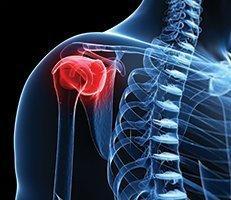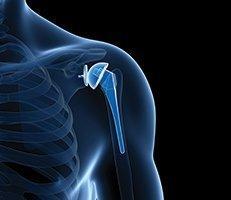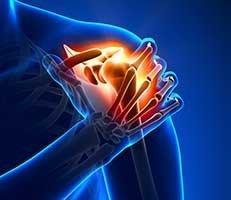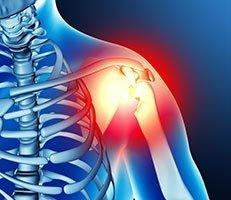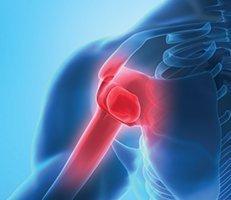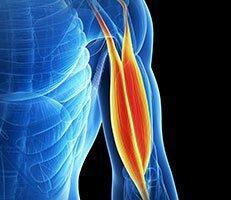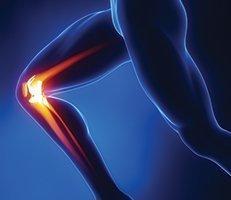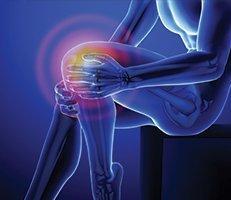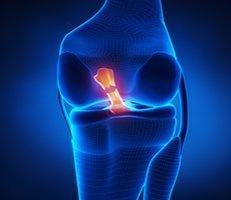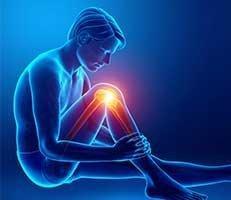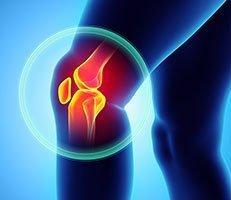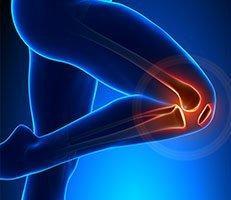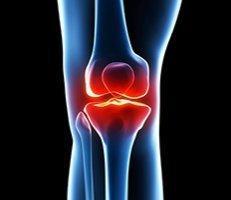Our hands, wrists and fingers are filled with nerves, tendons, joints and bones. Our appreciations of the thousands of tasks our upper extremities regularly perform go unnoticed, unless we can no longer perform those acts because of injury. Below is a list of hand and upper extremity injuries.
Baseball Finger
Baseball finger, also known as Mallet Finger, occurs when one of the tendons that assists in the extension of the finger is damaged. Although the condition is called baseball finger it can also occur in basketball and football.
Symptoms of baseball finger include swelling and tenderness around the fingertip.
Brachial Plexus Injury
The brachial plexus is a group of nerves that originates near the neck and shoulders. The brachial plexus nerves start at the spinal cord in the neck and control the shoulder, elbow, wrist and hand.
An injury to the brachial plexus can occur by falling off a motorcycle or a ladder, which could cause you to overly stretch the head and neck away from your shoulders. Severe damage could prevent the brachial plexus from communicating with the brain.
Depending on the severity of the injury, brachial plexus injury symptoms can include a decrease in strength, swelling, or loss of function in certain areas.
Carpal Tunnel Syndrome
Carpal tunnel syndrome is a condition caused by the entrapment of the median nerve to the hand at the wrist. The median nerve in the wrist provides movement and feeling to parts of the hand.
This is a common syndrome in people who perform repetitive motions in the hand and wrist, like typing on a keyword, sewing, driving, assembly work, painting, etc.
Carpal Tunnel symptoms are pain and numbness in the palm of the hand and fingers, usually with an increase in pain at night.
Carpal Ligament Instability
Carpal ligament instability occurs when the normal movements of the wrist are disrupted. The unstable carpal bones result in weakness, chronic pain and could turn into arthritis.
Symptoms may include pain, weakness and a sense of the wrist “giving way.”
Distal Radio Ulnar Joint Injury
The distal radio ulnar joint is the joint in your wrist that lets you turn your hand palm-down or palm-up. Injury could be caused from a fracture (mechanical), a metabolic disorder (systemic) or ulnar nerve compression (neurological).
Symptoms include pain, limited range of motion, decreased strength and potential loss of forearm function.
Flexar/Extension Tendon Injury
The muscles that flex (bend) the fingers are called flexor muscles. The muscles that extend (straighten) the fingers are called the extensors. The flexor tendons connect the hand muscles to bone. Flexor tendon injuries can occur if a deep cut on the palm side of the wrist, hand or fingers damages the nerves and blood vessels. The tendon could cut completely through, which would cause the tendons to pull away from one another.
Flexor tendon injury symptoms can include decrease range of motion, complete loss of movement, pain, swelling, and bruising.
Extension tendons are located on the back of your hands and fingers and allow you to straighten your fingers. The extension tendons are responsible for delicate finger motions and coordination. Extension tendon injuries can occur if you slam your hand in a door, which may cause the tendon to tear. Also, since the tendon is so close to the skin even a minor cut could potentially damage the tendon.
Extension tendon injury symptoms may form a scar that could cause the tendon to attach to nearby bone and scar tissue, resulting in decreased movement of the tendon.
Wrist Sprain
A wrist sprain is very common. A sprain is an injury to a ligament, which can range from a mild sprain to a severe sprain. Sprains are graded depending on the severity of the sprain:
- Grade 1: Ligaments are stretched but not torn.
- Grade 2: Ligaments in the wrist are partially torn, but not completely torn. Sprains may cause loss of function in the wrist.
- Grade 3: Ligaments are completely torn. This is a severe sprain that requires medical or surgical treatment. Grade three sprains could potentially have a small chip of bone with it, called an avulsion fracture.
Wrist sprains are most likely caused by a fall or sports.
Symptoms include:
- Pain at the time of injury.
- Pain when attempting to move wrist.
- Swelling and tenderness at the site of injury.
- Feeling of tearing or popping at the wrist.
- Warm feeling around the injury site.
Schedule a consultation today with Dr. Millstein if you have a hand or upper extremity injury that is interfering with your every day life.

